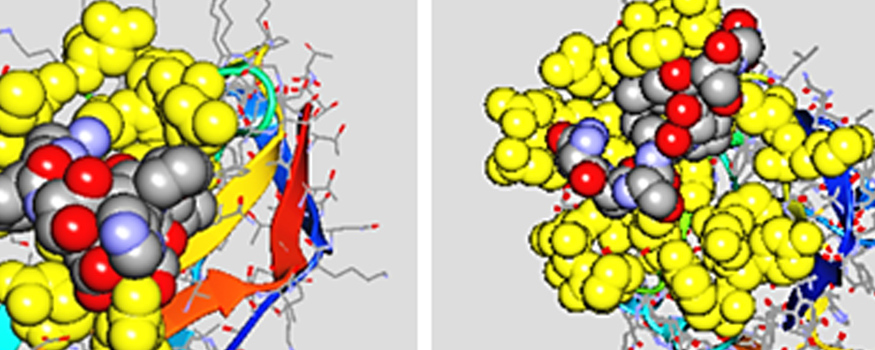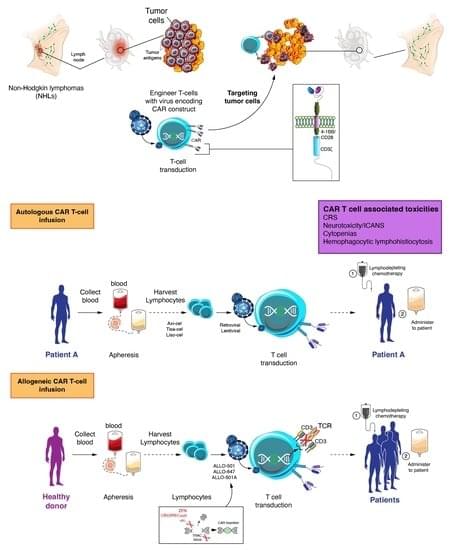Exploring the potential of glycomimetic peptides as powerful anti-inflammatory therapeutic treatments.
As the amount of genomic data grows, so too does the challenge of organizing it into a usable database. Indeed, the lack of a searchable database of genomic information from the literature has posed a challenge to the research community. Now, Genomenon’s AI-based approach—the Genomenon Genomic Graph (G3) knowledgebase—combines patient and biological data from nearly all published scientific and medical studies, including demographics, clinical characteristics, phenotypes, treatments, outcomes, and disease-associated genes and variants.
Training of the underlying large language model for G3 uses Genomenon’s proprietary, curated genomic datasets. The knowledgebase will power AI-driven predictive models for clinical diagnostics and drug development applications.
The Ann Arbor, MI, based Genomenon—a provider of genomic intelligence solutions—notes that this advancement represents the first time that content from the entire corpus of clinically relevant literature will be captured in a single, searchable knowledgebase.
An international research team has used the James Webb Space Telescope (JWST) to observe massive galaxies discovered by the Subaru Telescope in a corner of the early universe known as the Spiderweb protocluster. The JWST results confirm what had been suggested from the Subaru Telescope observations, namely that supermassive black hole activity can truncate the growth of galaxies.
These results appear in the paper “Spider-Webb: JWST Near Infrared Camera resolved galaxy star formation and nuclear activities in the Spiderweb protocluster at z=2.16” in Monthly Notices of the Royal Astronomical Society on December 18, 2024.
The growth and evolution of galaxies is a major theme in modern astronomy. The origin of giant elliptical galaxies is one riddle. These galaxies consist entirely of old stars, so something early in their evolution must have shut off star formation in the progenitors of giant elliptical galaxies. According to one theory, the supermassive black holes at the hearts of the galaxies may play a role in determining the star formation.
📝 — Sheikh, et al.
In this paper, the authors summarize the current practice and the latest progress of CD19 auto-CAR T cell therapy and the management of specific toxicities and discuss the place of allogeneic CAR T development in this setting.
Full text is available 👇
While more than half of non-Hodgkin lymphomas (NHL) can be cured with modern frontline chemoimmunotherapy regimens, outcomes of relapsed and/or refractory (r/r) disease in subsequent lines remain poor, particularly if considered ineligible for hematopoietic stem cell transplantation. Hence, r/r NHLs represent a population with a high unmet medical need. This therapeutic gap has been partially filled by adoptive immunotherapy. CD19-directed autologous chimeric antigen receptor (auto-CAR) T cells have been transformative in the treatment of patients with r/r B cell malignancies. Remarkable response rates and prolonged remissions have been achieved in this setting, leading to regulatory approval from the U.S. Food and Drug Administration (FDA) of four CAR T cell products between 2017 and 2021.
A recent study has revealed that nearly half of black holes that consume stars during tidal disruption events (TDEs) later emit remnants of those stars, sometimes years after the initial event. TDEs occur when a star ventures too close to a black hole, where the black hole’s gravitational pull exerts intense tidal forces. This results in the star being stretched and compressed, a process known as spaghettification, which tears the star apart within hours. This destruction is marked by a burst of electromagnetic radiation visible as a bright flash.
As the star is consumed, part of its material is expelled, while the remaining material forms an accretion disk—a thin, rotating structure around the black hole. The accretion disk initially releases material in chaotic bursts, detectable through radio waves, but these emissions typically fade within a few months. Traditionally, astronomers only observed these radio emissions for a short period after the star’s destruction, missing any longer-term activity.
The new study, led by Yvette Cendes, a research associate at the Harvard and Smithsonian Center for Astrophysics, involved monitoring black holes for several years after TDEs. Published on Aug. 25 in the preprint database arXiv, the findings showed that in up to 50% of the cases, black holes expelled material years after consuming a star. In 10 of the 24 studied black holes, this delayed emission occurred between two and six years after the initial star-destroying event. These unexpected “burps” were observed as sudden bursts of radio waves, indicating that the black holes “turned on” again long after the initial event.
Human minibrains in little vials surprised scientists by surviving a stint in low-Earth orbit.
US researchers sent lab-grown blobs of human neural tissue known as organoids for a short holiday on the International Space Station back in 2019. What they got back a month later amazed them.
Not only were the cells healthy and thriving after weeks of weightlessness – they had matured faster than the same cells here on Earth.
The brain is sometimes called the most complex machine in the known universe. But the thoughts that it outputs putter along at a trifling 10 bits per second, the pace of a conversation.
By Rachel Nuwer
People tend to have the sense that their inner thoughts and feelings are much richer than what they are capable of expressing in real time. Elon Musk has spoken publicly about this “bandwidth problem,” as he described it to podcaster Joe Rogan. Musk is so bothered by this, in fact, that he has made it one of his long-term goals to create an interface that allows the human brain to communicate directly with a computer, unencumbered by the slow speed of speaking or writing.
Regorafenib.
For patients with metastatic esophagogastric adenocarcinoma, inhibition of the vascular endothelial growth factor (VEGF) pathway via the anti–VEGFR-2 antibody ramucirumab increases response, progression-free survival (PFS) and overall survival (OS) when combined with second-line treatment with paclitaxel. The multitargeted tyrosine kinase inhibitor regorafenib targets VEGFR and other pathways and has effectiveness in chemotherapy-refractory colorectal cancer.
Investigators now report results of the industry-sponsored, randomized, double-blind, placebo-controlled INTEGRATE IIa trial evaluating regorafenib (160 mg daily for 21 days of 28-day cycles) in patients with chemotherapy-refractory esophagogastric adenocarcinoma. Of the 251 patients enrolled, 63% were treated in Asia; 73% had gastric primaries; 42% had received a prior VEGF inhibitor; 59% had received two and 40% had received three or more lines of prior chemotherapy. For the analysis of OS, the primary endpoint, results were pooled with those from INTEGRATE I, a prior randomized, placebo-controlled, phase II trial in 147 patients.
At a median follow-up of 48 months, OS was improved with regorafenib over placebo in the pooled cohort (hazard ratio, 0.70; P=0.001) and in the INTEGRATE IIa cohort (HR, 0.68; P=0.006). In the INTEGRATE IIa cohort, 1-year OS was improved with regorafenib (19% vs. 6%), whereas median OS was similar (4.0 and 4.5 months). PFS was improved with regorafenib (HR, 0.53; P0.0001). The disease control rate was higher with regorafenib than placebo (21.3% vs. 4.9%) and the antitumor response was limited (2.4% vs. 0%). Adverse events related to regorafenib, including palmar–plantar erythrodysesthesia, mucositis, hypertension, and diarrhea, were manageable.
Newly discovered altermagnetism at the Swiss Light Source SLS opens door to new physics & spintronics. Learn about this new addition to magnetic family!









